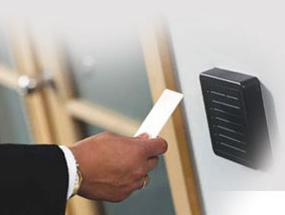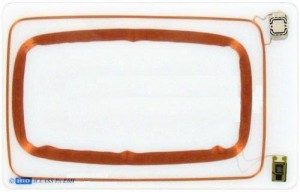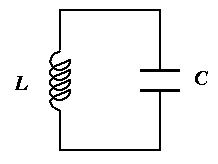INSIDE PROXIMITY CARD
WHAT IS PROXIMITY CARD:
In the world of Security System and Access Control, Contactless Proximity Card plays a very vital role. Proximity cards are a custom programmed item. Many companies and organizations use proximity cards for their access control system as well as for the Identification of employees. iWatch Systems offers a wide range of Access Control Setup using Proximity Cards. Each Card has a specific Identification Number which can be assigned to a particular User. That Card should have the Credential of the User. Card can be used to get access into a particular door or premises.
Internal Anatomy of Proximity Card
PRINCIPLE:
These cards have an antenna embedded into the card. Proximity cards have an integrated circuit that is attached to an antenna and then sandwiched between plastic. They use RFID (radio frequency ID) which is a wireless technology for communication between electronic devices. In the ID card industry, this technology enables a contactless smart card to communicate with a reader.
Connection between L: Inductor & C: capacitor
Proximity cards use resonant energy transfer via an LC circuit. An IC, capacitor, and coil are connected in parallel. The card reader presents a field that excites the coil and charges the capacitor, which in turn energizes and powers the IC. The IC then transmits the card number via the coil to the card reader. The card readers communicate in Wigand protocol that consists of a data 0 and a data 1 circuit (or binary or simple on/off (digital) type circuit).
SPECIAL: Proximity Cards are Robust but they need care while handling and carrying. Because of some unfavorable situation the Card failed to work. There are three primary reasons for proximity card failure:
- Damage to the antenna or damage to the bond between the chip and the antenna will destroy the card.
- Punching a hole or slot in an undesignated area.
- Exposing the card to chemicals including organic solvents, thinners, mineral spirits, alcohol, isopropyl, ethanol or methyl.
- Exposing the card to electro static discharge (ESD) can damage the integrated circuit.
- Strong magnetic fields can wipe out the programming on the card’s chip.









